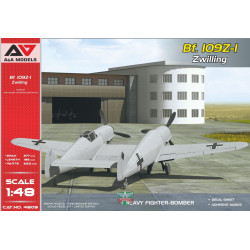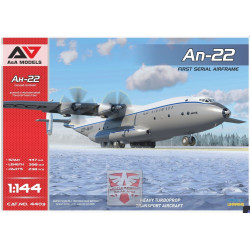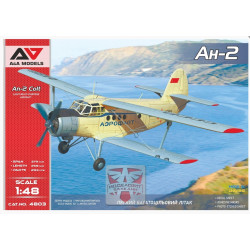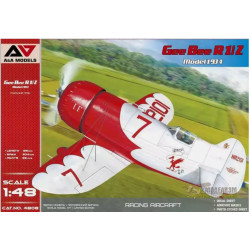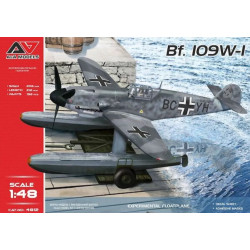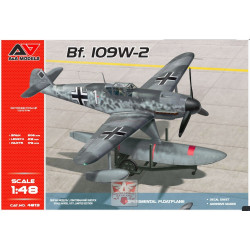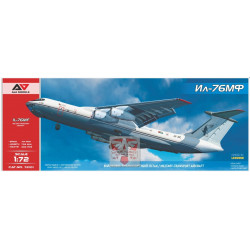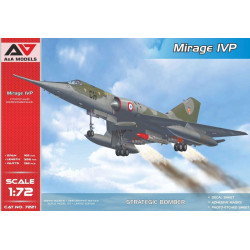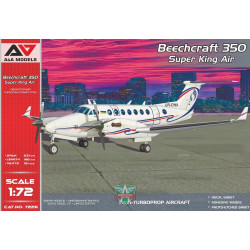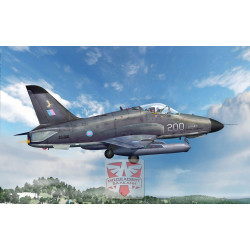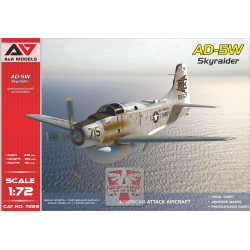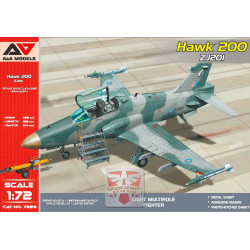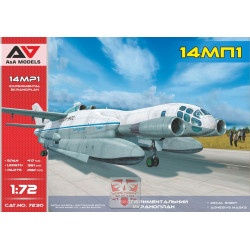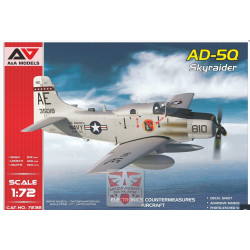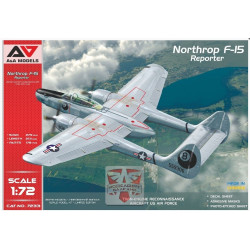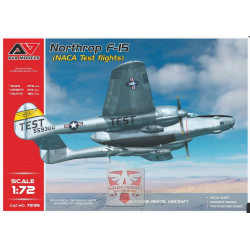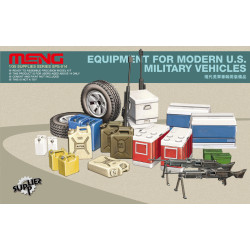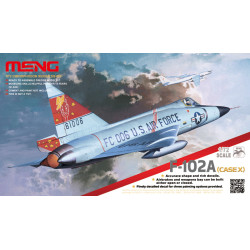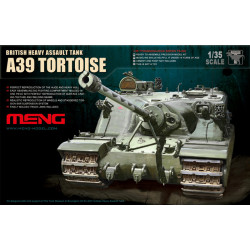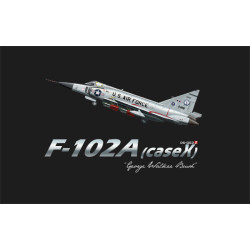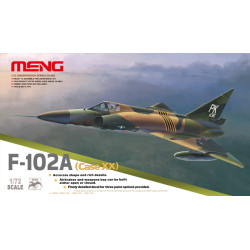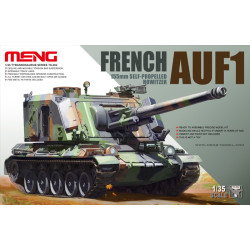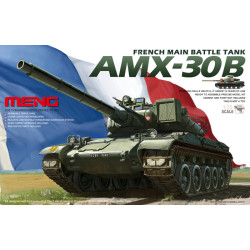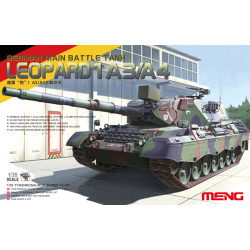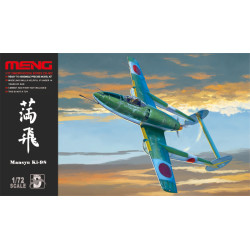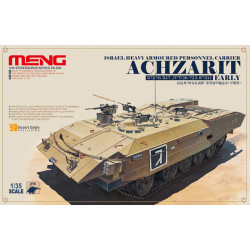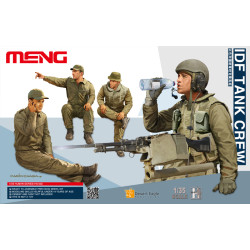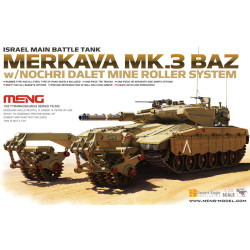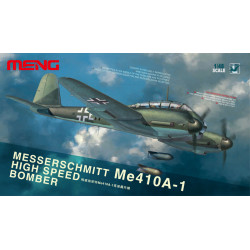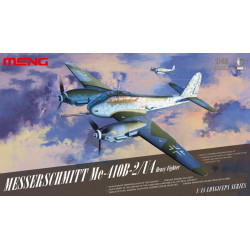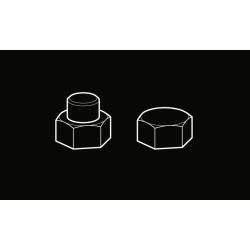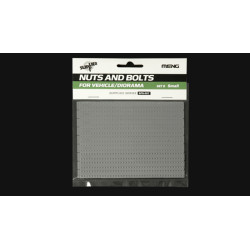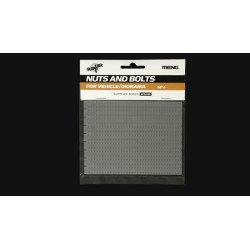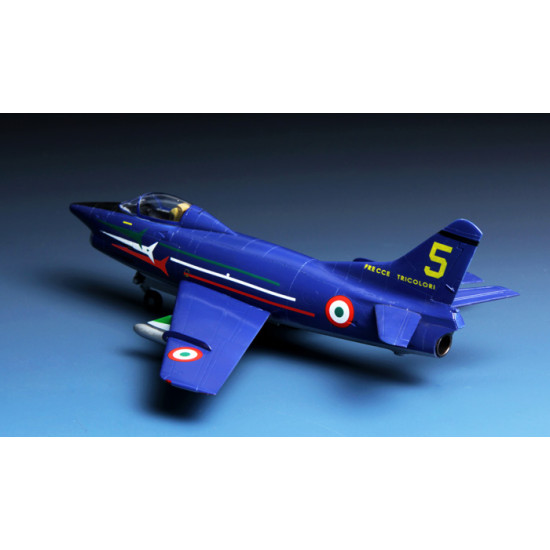
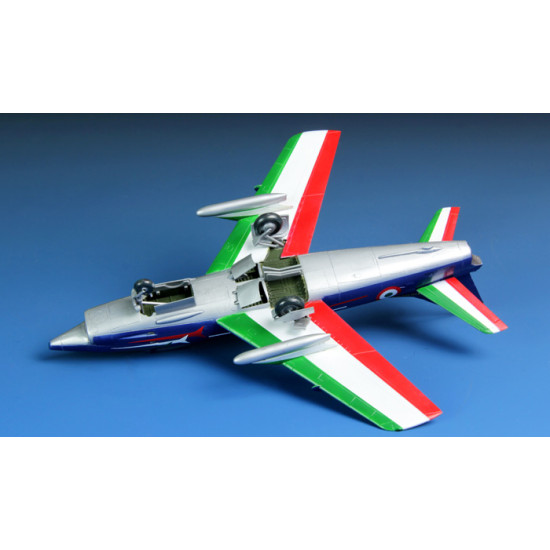
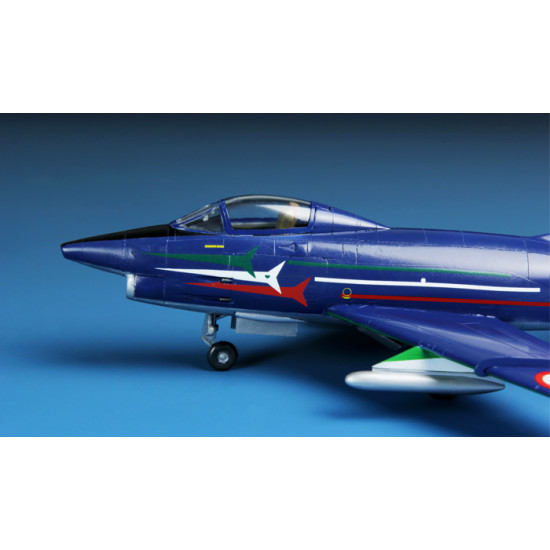
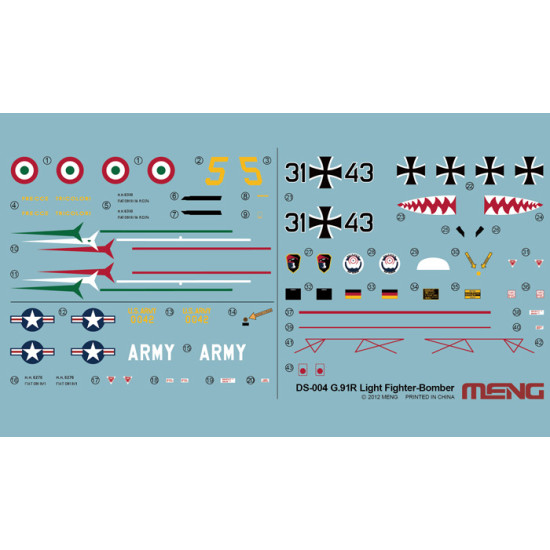
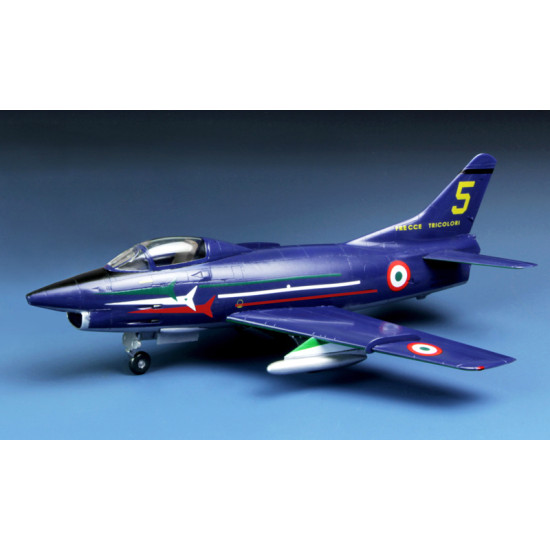
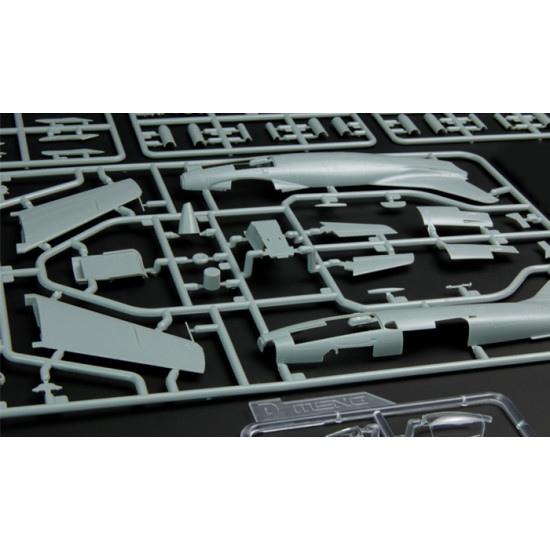
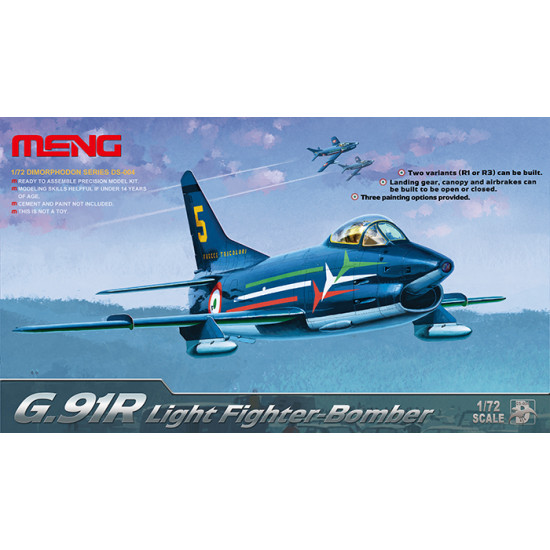







G.91R LIGHT FIGHTER-BOMBER
MENG DS004
Manufacturer:MENG
Scale: 1/72
Material: Plastic+Decals
Paint: Unpainted, Unassembled, Kit do not contain paints and glue.
Condition: New in Box
The Fiat G.91 was an Italian jet fighter aircraft. It was the winner of the NATO competition in 1953 for a light fighter as standard equipment for Allied air forces. It entered in operational service with the Italian Air Force in 1961, with the West German Luftwaffe, in 1962,and later with the Portuguese Air Force. It was in production for 19 years. 756 aircraft were completed, including the prototypes and pre-production models. The assembly lines were finally closed in 1977.The Fiat G.91 enjoyed a long service life that extended over 35 years. It was widely used by Portugal in the Portuguese Colonial War in Africa. A twin-engined variant was known as the Fiat/Aeritalia G.91Y. European manufacturers were invited to submit their designs for this requested Light Weight Strike Fighter role. The G.91 was designed to this specification by the Italian engineer Giuseppe Gabrielli, hence the "G" designation. The competition was intended to produce an aircraft that was light, small, expendable, equipped with basic weapons and avionics and capable of operating with minimal ground support. These specifications were developed for two reasons: the first was the nuclear threat to large air bases, many cheaper aircraft could be better dispersed, and the other was to counter the trend towards larger and more expensive aircraft.
The technical requirements were:
1,100 m (3,610 ft) takeoff distance over a 15 m (49 ft) obstacle
Capability to operate from grass strips and roads
Maximum speed of Mach 0.95
Range of 280 km (170 mi) with 10 minutes over the target
Armoured protection for the pilot and the fuel tanks
4 × 12.7 mm (.5 in) or 2 × 20 mm or 30 mm guns
A maximum of 2,200 kg (4,850 lb) empty weight and 4,700 kg (10,360 lb) max weightThe challenge of providing an engine that matched the requirements of lightness and power, reliability and ease of maintenance was solved by using the Bristol Siddeley Orpheus turbojet.
The designs were required within two months of the competition. The special committee had to choose from eight projects. Besides the G.91, these included the Northrop N-156, Dassault Mystère XXVI (future Dassault Étendard IV), Sud-Est Baroudeur, Aerfer Sagittario II and the Breguet Taon Br.1001.Project selections took 18 months to complete. The first result was announced on 30 June 1955: the winning projects were, in order: the Breguet Br. 1001 Taon and the Fiat G.91. A third was added to these two aircraft: the Mystère XXVI, and three prototypes of this design were also orderedThe intensive series of tests that followed the maiden flight was not without its setbacks. The most serious problem was the elimination of aeroelastic vibrations which, on 20 February 1957, led to the destruction of the first G.91 prototype. The re-engineering work to cure the problem was very extensive and resulted in the second prototype being fitted with a larger tail, a 6 cm (2 in) higher canopy, a ventral fin and some other modifications. This aircraft flew in July 1957, but it was not sent to the final evaluation.
| General Product Info | |
| Material | NOT SET |
| Scale | 1/72 |
| Type | Bomber |
We have the lowest worldwide shipping. And it's totally simple.
EUROPE, USA, CANADA TURKEY, ISRAEL, EGYPT, UE CHINA, JAPAN, HK, S.KOREA | AU NZ MX South America, Asia | |
| Order weight up to 0.22kg or 0.48lb | US$ 8.90 | US$ 8.90 |
| Order weight up to 0.44kg or 0.97lb | US$ 13.95 | US$ 17.90 |
| Order weight over 0.44kg or 0.97lb | US$ 19.99 | US$ 29.99 |
| Order total over $150 | FREE | PROMO US$ 19.99 |
Shipping to some countries not qualifies for the free shipping option but costs not over $29.99 for any sized order. Sorry for that, your location is too far.
- Stock: Out Of Stock
- Model: MENG-DS004
- Weight: 1.75lb
- DATE ADDED: 20/10/2014
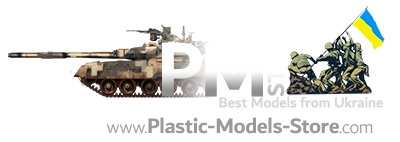
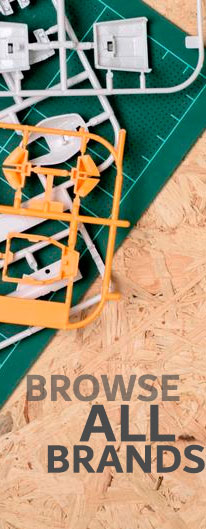

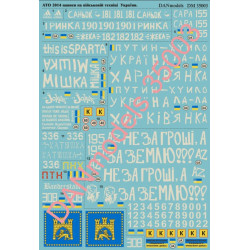
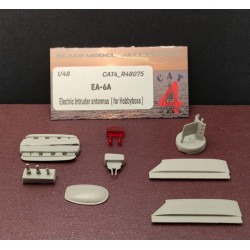



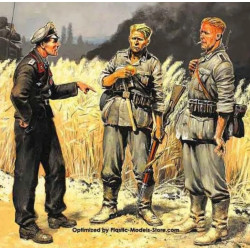



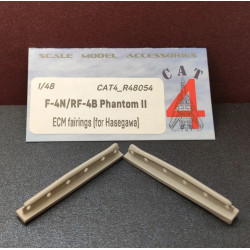
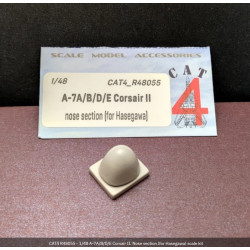

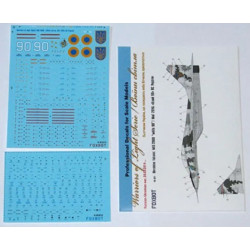

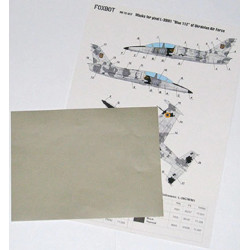
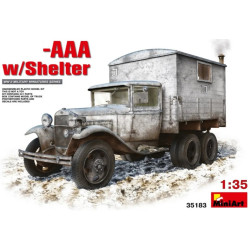


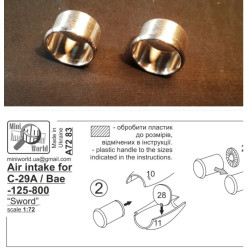
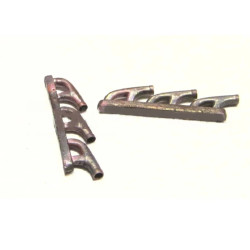
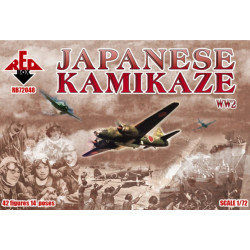





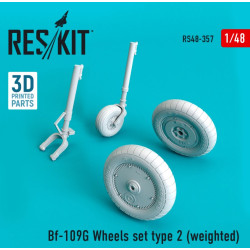


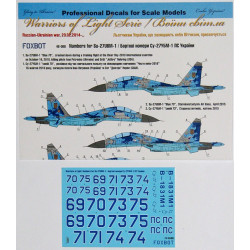
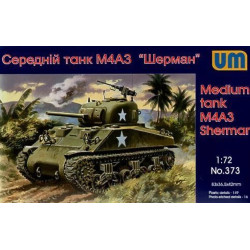









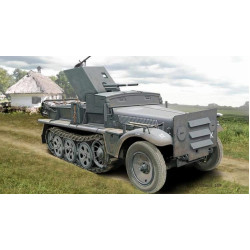
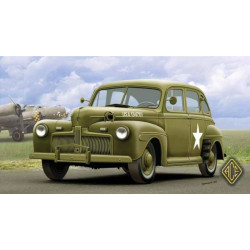
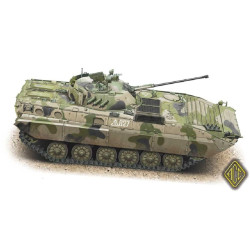
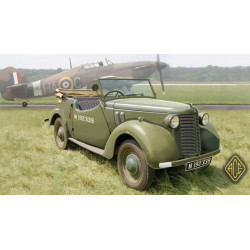
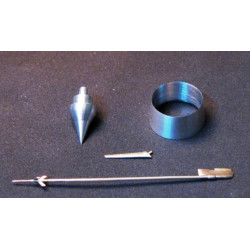

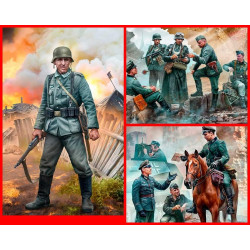
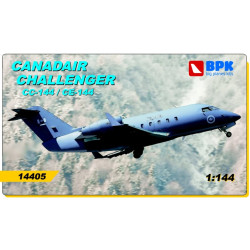
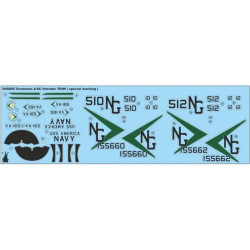

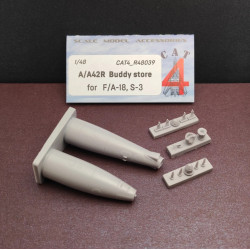

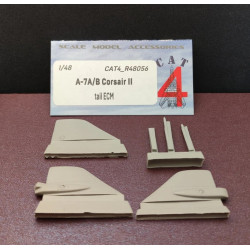
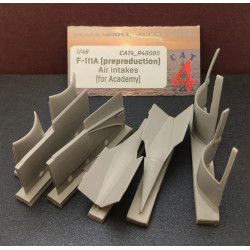
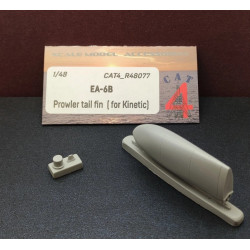
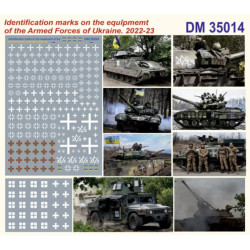
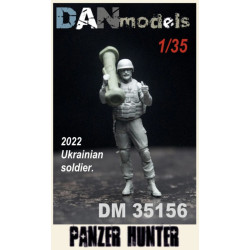

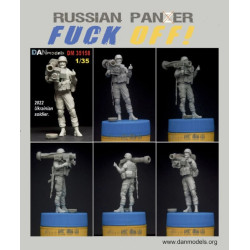


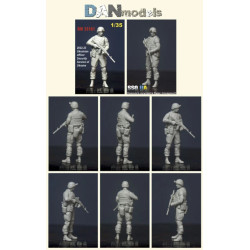
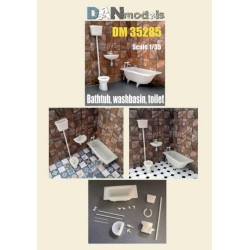
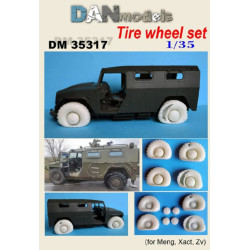
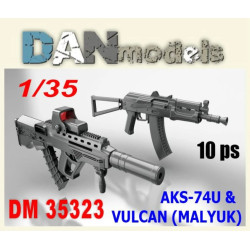
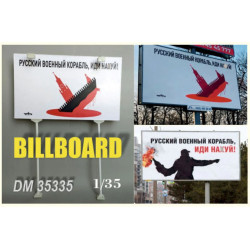
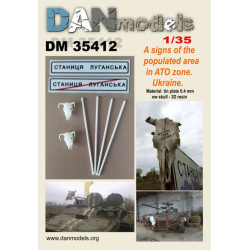


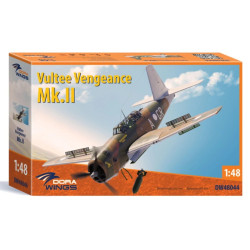

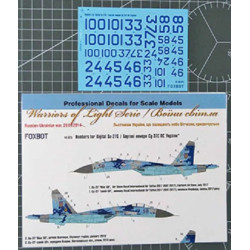

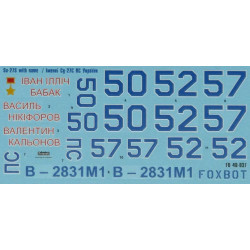

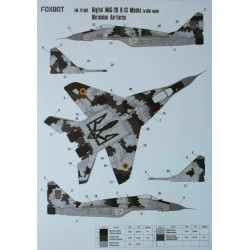






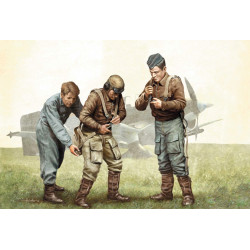

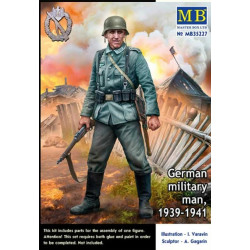
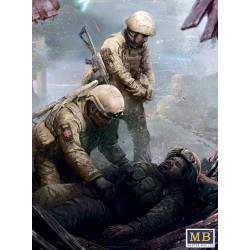












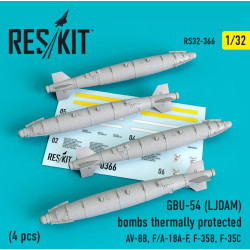
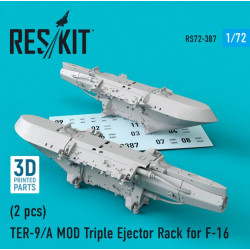










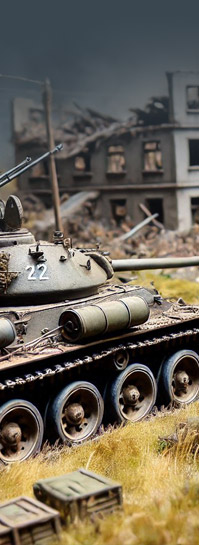

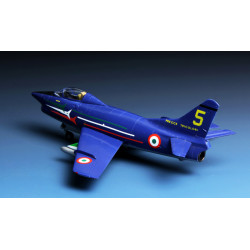

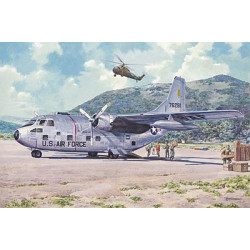
-250x250w.jpg)

